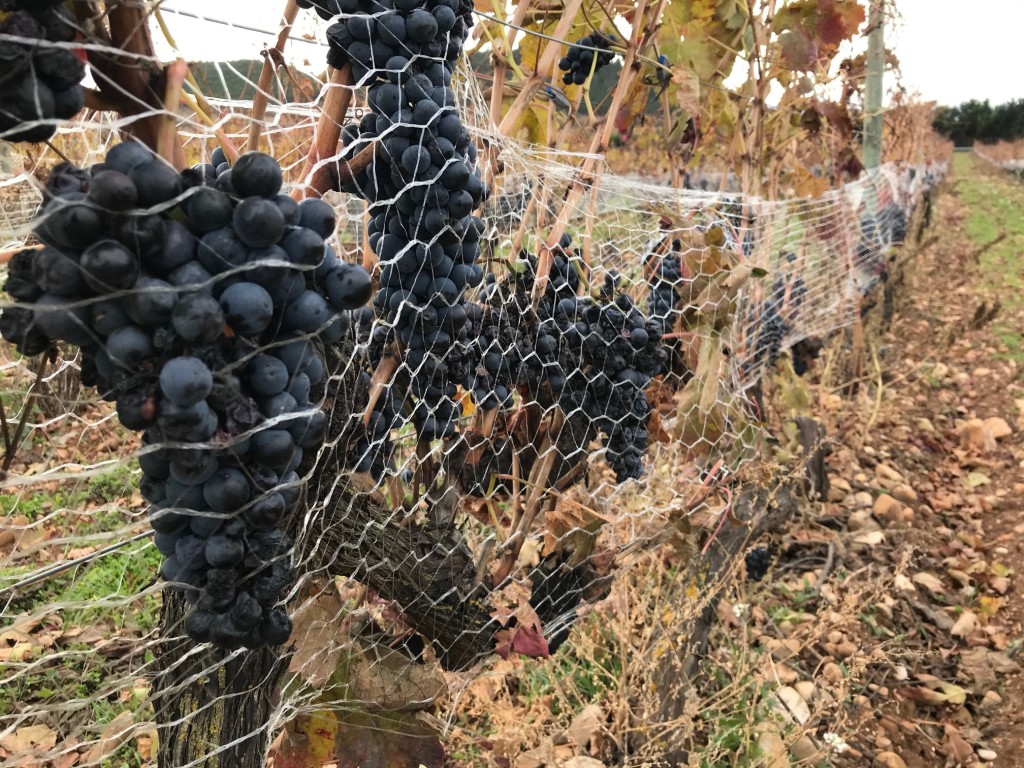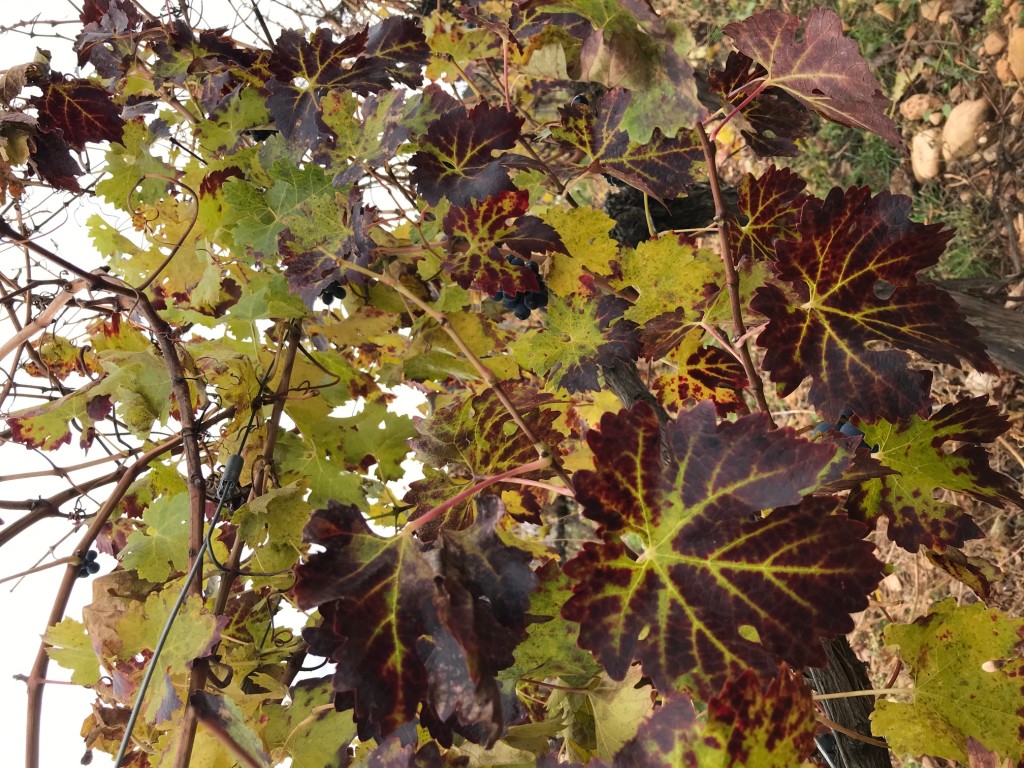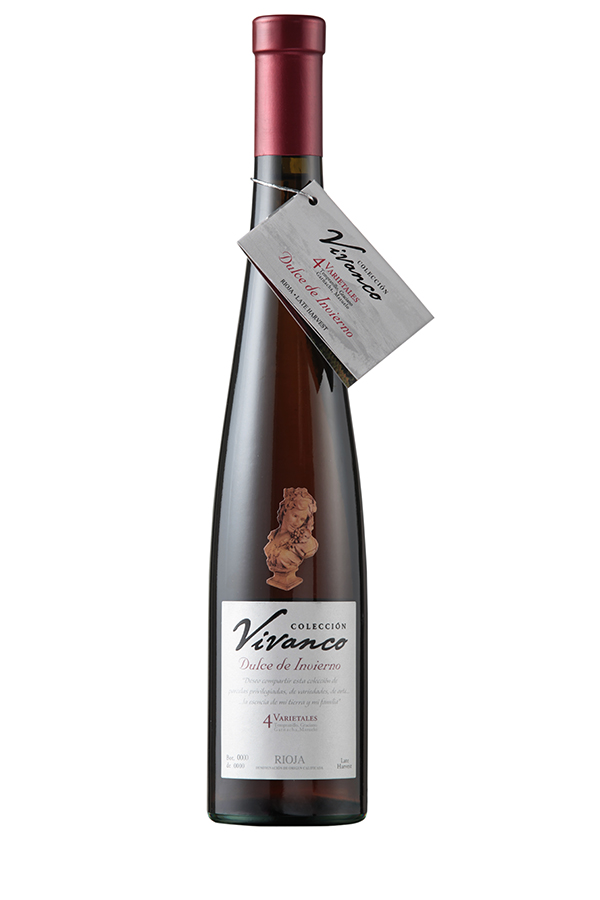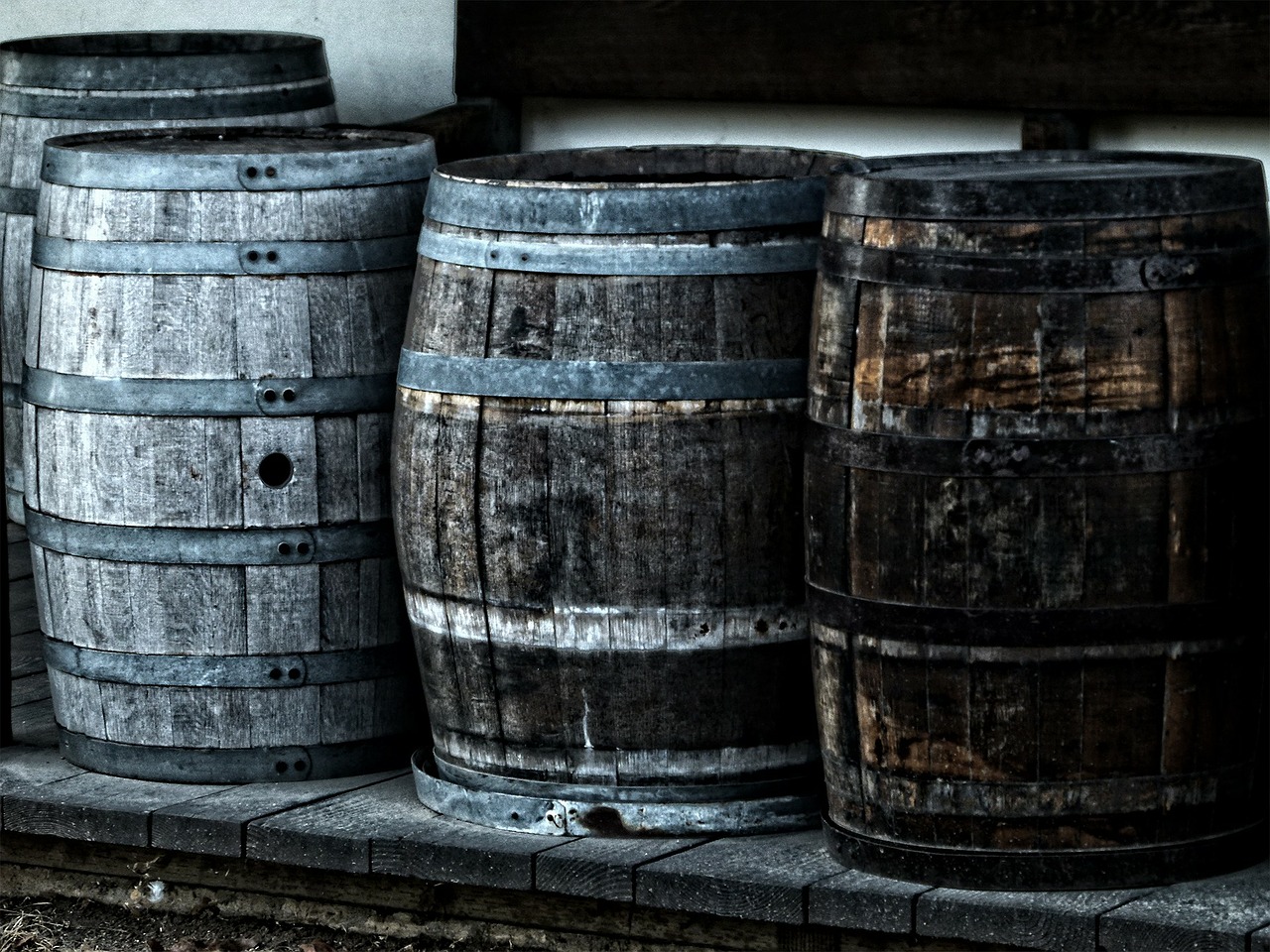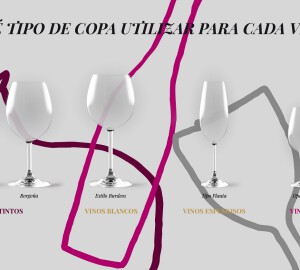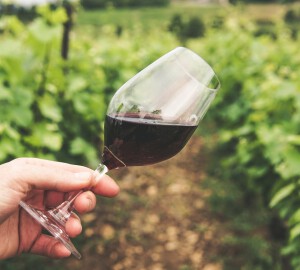At this time of the year, we can assume that the grape harvest has already finished, as we are used to see it taking place during the months of September and October. Now winter is approaching and the whole process of harvesting the grapes has already finished. But what about the late harvest, have you ever heard of this term? If your answer is no, we would like to tell you that has a lot to do with sweet wines or dessert wines..
If you want to know more about this topic, we will now take a closer look at the late harvest and what kind of wines it produces.
What does late harvest mean?
Late harvest, also known as late harvest, is the type of harvest in which the grapes are harvested at the end of the year. late harvestlate harvest, is the type of harvest in which the grapes are harvested later than usual. This is something that depends on the winegrower or the oenologist, who decides when the grapes are harvested. The grapes can be quite dehydrated or even in a state of noble rot.
In the late harvest, the grapes usually end up looking like sultanas.They lose much more water and are much riper. However, botrytis, a condition caused by a fungus that causes the grapes to acquire much sweeter nuances during ripening, can also play a part. This results in those characteristic wines that are commonly known as sweet wines.
What wines can be obtained in a late harvest?
In a late harvest, the wines obtained are much scarcer than those produced in a normal harvest. The grapes are already very dehydrated and, in some cases, barely contain any water. This means that the amount of wine obtained from them is almost one bottle per vine, or less, and the total production in a late harvest is limited to a few hundred or a few thousand bottles in total.
Late harvest wines are called naturally sweet wines, as no sugar is added in the production of this wine and its sweet taste comes only from the grape's own sugar.
There are occasions when grapes are subjected to very low temperatures for several days and, when harvested, are still frozen. In these rare cases, the wine obtained is called "ice wine", but it is not so characteristic of Spain. ICE WINEbut it is not so characteristic of Spain. However, it is more common in the wine regions of Canada and Germany, for example.
But, in general, and whatever the type of wine obtained in the late harvest, we will always find ourselves in front of a wine that is perfect for drinking after a meal, accompanying desserts or on special occasions. very refined and elegant winesperfect to drink after a meal, with desserts or on special occasions.
Vivanco Dulce de Invierno, perfect for this Christmas season
There are few occasions as special throughout the year as Christmas. These holidays are usually when there are more family gatherings and celebrations, as well as with friends, work colleagues, etc. Therefore, it is not surprising that many people look for a gift for these dates or, directly, some wine to consume during these meetings.
Of course, in Vivanco we have the perfect wines for pairing on any occasion and with all kinds of dishes. But, since we are talking about the late harvest and sweet wines, how about trying our Winter Sweets?
If you haven't tried it yet, we are sure that it will surprise you and all your guests. In order for you to know a little more about this late harvest wine, we would like to tell you that it was harvested in January 2015 and that the production was only 3,000 37.5 cl. bottles. This is due to the fact that the type of grapes needed to produce a sweet wine as selected as this one are very scarce, and the amount of wine obtained from them is very small.
And the fact that its production has been small does not detract from its value, quite the contrary.. Like the most valuable perfumes, our Colección Vivanco Dulce de Invierno is produced in small doses, but it holds a myriad of nuances for the enjoyment and pleasure of the consumer. For those who are interested in some of its tasting notes, we can say that it emanates intense aromas of candied fruits, with a fine, fresh and elegant fruity sweetness.
And, when it comes to pairing, it is a truly versatile wine. Many sweet wines are produced and recommended almost exclusively for the end of meals, in particular to accompany desserts and sweets. But the Dulce de Invierno also works perfectly as an aperitif and as an accompaniment to starters such as pâtés, strong cheeses or cold seafood.
Now that you know a little more about late harvest wines and their production, you just have to choose your bottle of sweet wine and prepare it at the ideal temperature to enjoy it with your loved ones at the next meeting or celebration.







